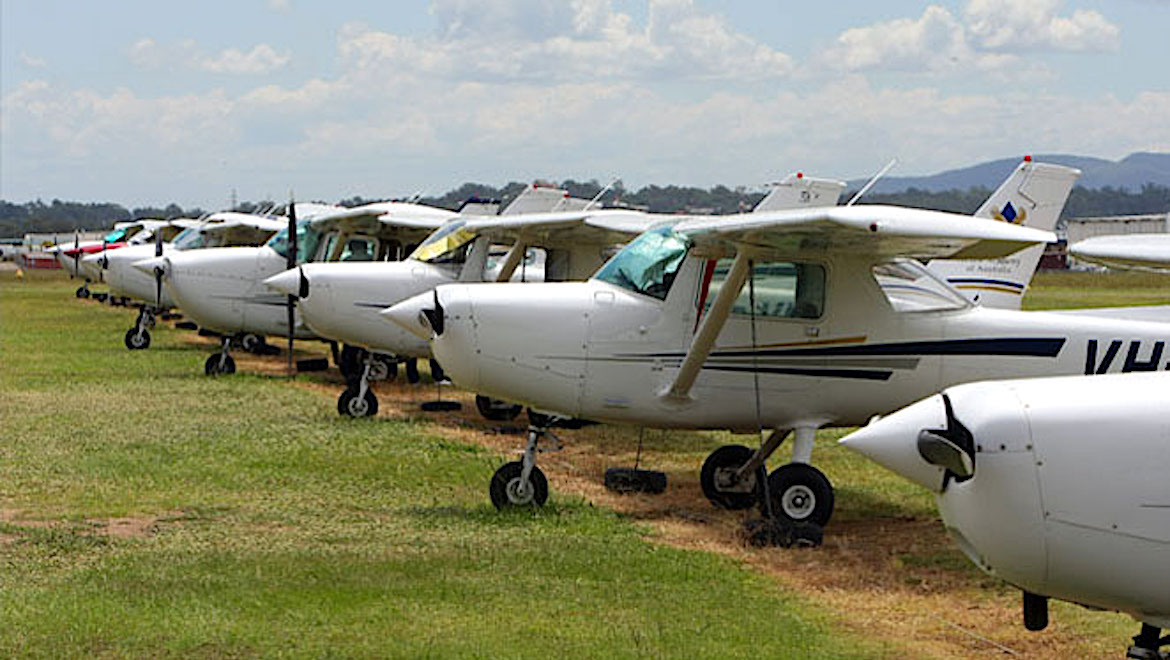There were two power plant-related incidents on turboprop aircraft in a five-year period between 2012 and 2016 that resulted in injuries, a report shows.
The figures are in a recently published Australian Transport Safety Bureau (ATSB) report on power plant failures in turboprop aircraft.
The report found there were 417 engine-related occurrences involving turboprop aircraft between 2012 and 2016.
Of those, some 96 per cent of these occurrences were classified as low risk with a low or no accident outcome. Four were classified as medium risk, while three were high-risk.
“The two occurrences in the set that resulted in any injury (both minor) were the result of engine failure or malfunctions and collision with terrain occurrences in aerial agricultural operations,” the ATSB report said.
Occurrences by operation
The ATSB report said 44 per cent of all power plant occurrences involved high capacity commercial flights with aircraft such as Bombardier DHC-8s (300 and 400 series), Fokker F27 Mk50s and ATR-72s, among others.
Aircraft flying low capacity commercial flights made up 24 per cent of the total. Aircraft in this category included the Fairchild SA226/227, the SAAB 340, Bombardier DHC-8s (100 and 200 series), Embraer EMB-120s and British Aerospace 3200/4100.
Both the charter and aerial work categories each comprised 14 per cent of all occurrences.
The ATSB said some 52 per cent of all power plant events in the 2012-2016 timeframe involved abnormal engine indications such as those from engine instrument readings or warnings, and from abnormal sights or sounds heard or seen by a crew member.
Almost a quarter (23.1 per cent) involved an engine failure or malfunction, which the ATSB described as potentially the most serious, adding that there was an in-flight shut down of the affected engine on 33 occasions.
“Of the five occurrences classified as accidents in the data set, four involved an engine failure or malfunction,” the ATSB said.
“Notably, all four involved aircraft undertaking aerial agricultural activities.”
The ATSB said the third most commonly reported technical occurrence event was in the propellers/rotor malfunctions category, which covers auto-feather systems, faulty propeller controls and torque signal condition units, among others, at 13.1 per cent.
Occurrences by operator
While the ATSB did include a list of occurrences by operators, the data from a four-year period from 2012 to 2015 was de-identified in the report.
The ATSB said proactively reviewing all occurrences reported to the ATSB provided the “opportunity to monitor many types of Australian operations before emerging safety issues manifest as accidents”.
“Timely and vigilant reporting of all technical problems is encouraged to ensure as much information as possible is collected so as to enable a better understanding of the failures,” the ATSB said.
“Of particular importance in technical occurrences are the follow-up reports from engineering inspections provided to the ATSB. These are often the only way that the root cause of the problem can be determined.Some images from the ATSB report.
















